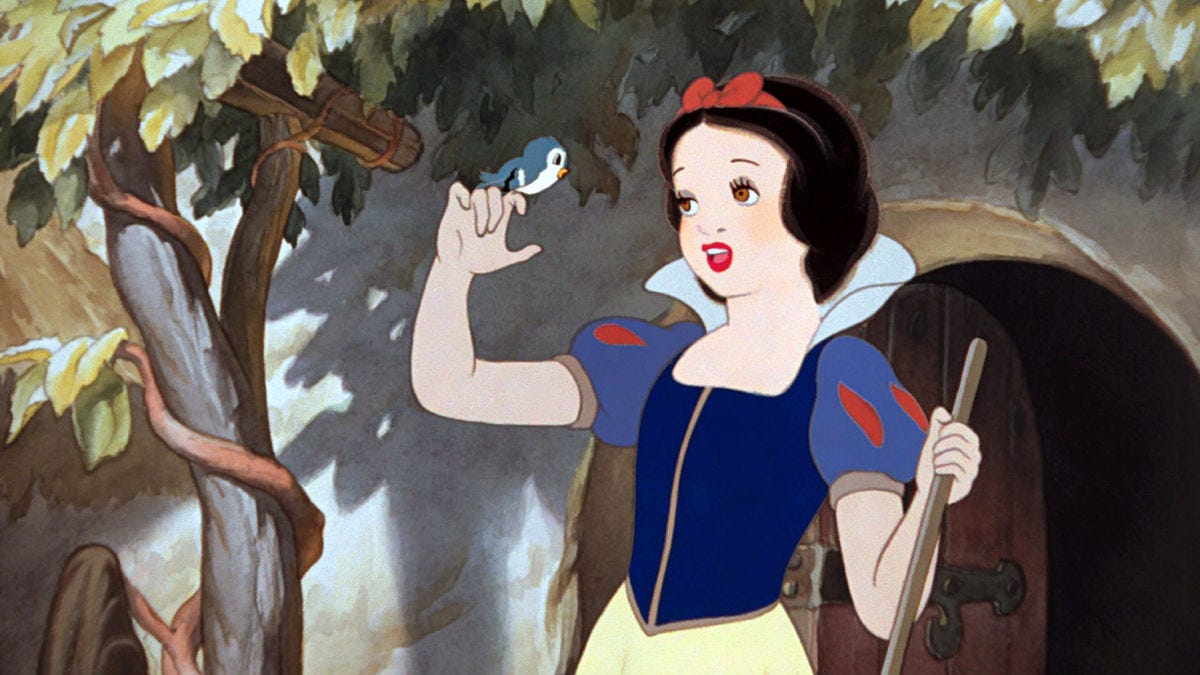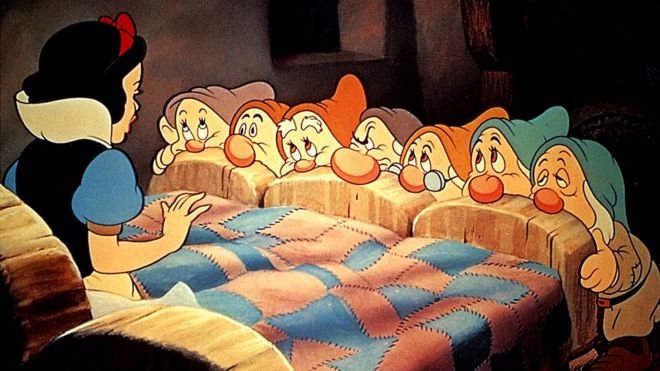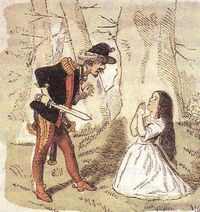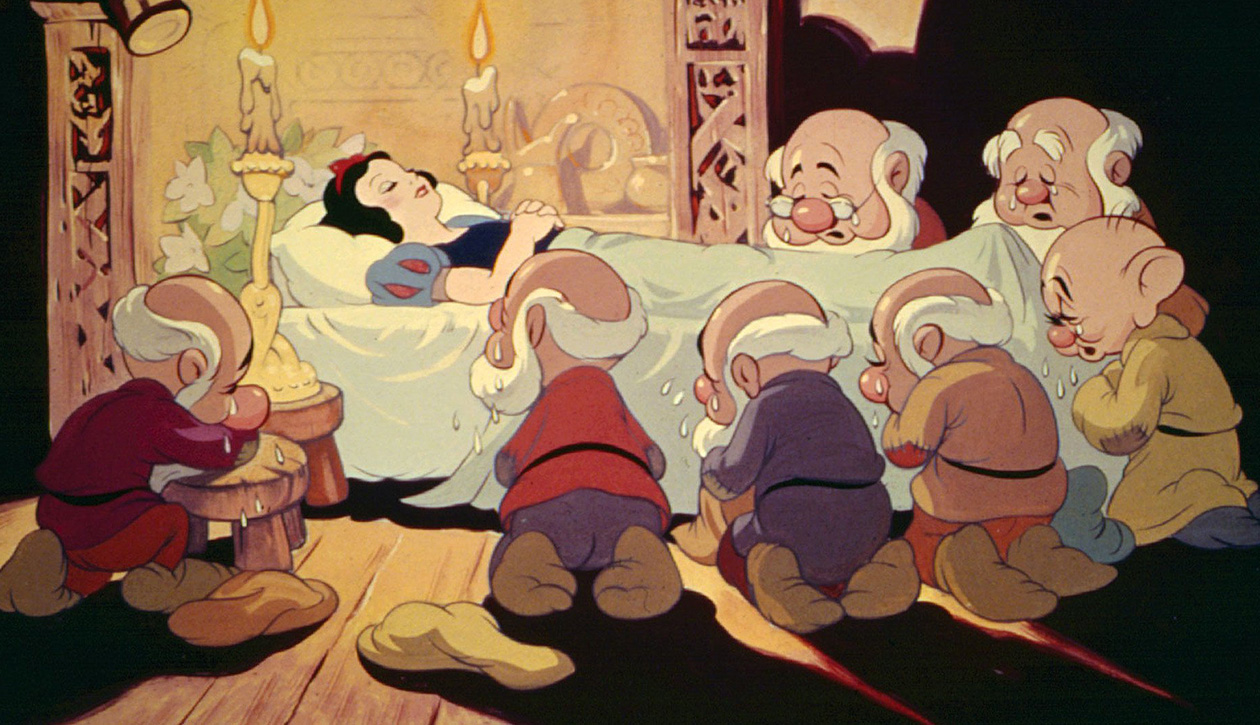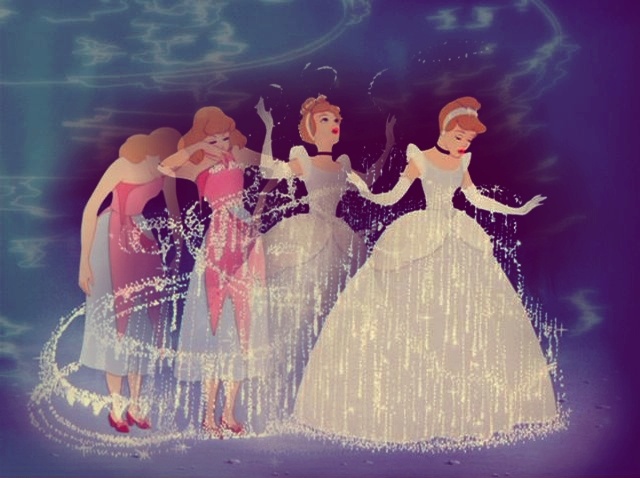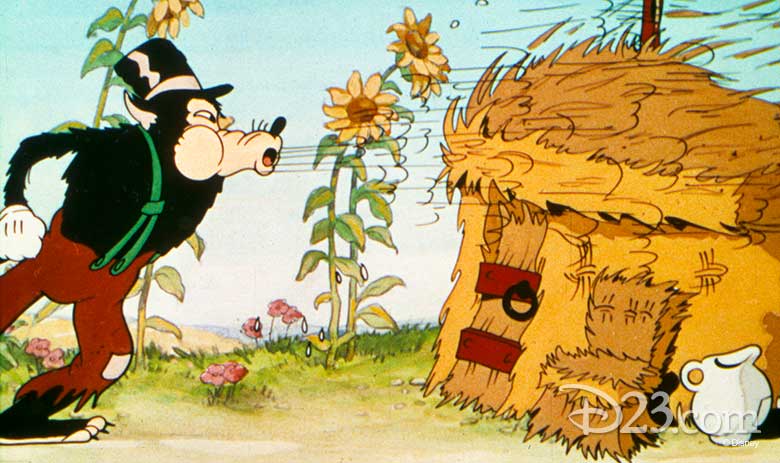“Over the seven jeweled hills, beyond the seventh wall, in the cottage of the seven dwarfs, dwells Snow White, fairest one of all.” Snow White is a classic fairytale, most known by the Walt Disney version in 1937. The original tale was actually organized by the Brothers Grimm. While both versions follow the same plot line and characters, the Grimm version is more dark, compared to the light-hearted Disney romantic, whimsical version.
Brothers Grimm:
- Snow White is 7 years old
- The evil queen asked the huntsman to bring back her lungs and liver for her to eat
- The dwarves demand that she must keep house for them if she wanted to stay with them
- It took the queen three tries to kill Snow White
- The lace
- The comb
- The apple
- The prince comes and thinks shes beautiful and wants to take her back to the castle in the coffin
- Snow White comes back to life when the servants drop the coffin and the apple is dislodged from her throat
- The evil queen is invited to Snow Whites wedding, where she was made to dance in hot iron shoes until she fell dead
Disney:
- Snow White is 14 years old
- The evil queen asks the huntsman to bring back Snow White’s heart
- Snow White offers to keep house for the dwarves if they let her stay
- It took the queen one attempt to kill Snow White with an apple
- The prince kisses Snow White, which brings her back to life
Similarities between the two:
- The evil queen is Snow White’s stepmother
- The magic mirror plays a role in both versions
- Snow White takes care of the dwarve’s house
- There are 7 dwarves
- The huntsman is ordered to kill Snow White in both versions
- Snow White is poisoned by the apple
- Snow White marries the prince at the end
Disney diverted from the original version of the tale, because he wanted to make it less dark and gory, with a more romantic twist. Disney came out with Snow White during the Great Depression, so people needed hope and happiness in their life. This is why Disney added the romantic happy ending, instead of the sad story line. Disney also added more description and embellishment to his writings.
